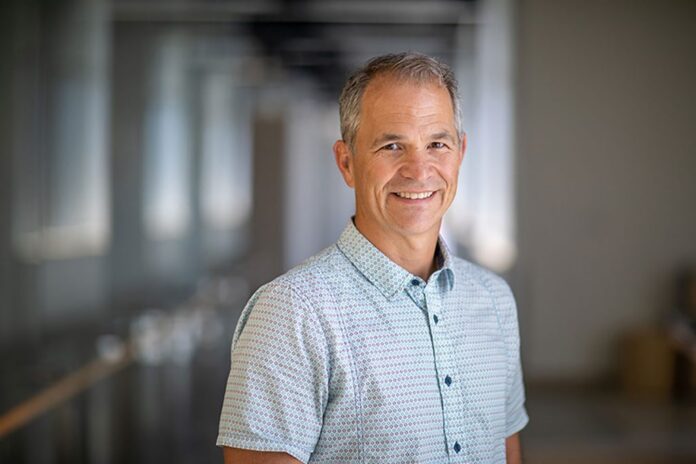As Hawaii considers how to reopen to tourism in the wake of the fires that devastated Maui, Canada continues to experience its worst ever wildfire season, with more than 1,000 active fires. In the western United States, from Texas to California and Montana to Washington, more wildfires rage.
Brian Lattimer, Director of Virginia Tech’s Extreme Environments and Materials Lab, explains what all these wildfires have in common.
Q: Are there common factors between the Maui fires and the wildfires in Canada and others around the world?
“Very high winds and dry vegetation are two primary things that you typically will see with all such fires. High winds typically tilt the fire in such a way that it’s able to propagate quickly, advancing to vegetation that’s not ignited. Very high winds also tend to dry out vegetation even more, so you have this situation where things can ignite very quickly. Terrain is a factor as well. Where it’s sloped upward, fire will advance very quickly.”
Q: The focus of your research has been on firebrands. How do you define that term?
“Firebrands are these small pieces of vegetation that break off from burning trees or grass, fly up in the air, land on stuff a mile or two away, and ignite things. (If it’s flying in the air, then that’s a firebrand, and once it lands, it’s an ember.) It appears that this kind of thing may have been happening in Hawaii and happens all the time — they ignite things a mile or two away from the main fire, where firefighters aren’t located. By the time they get there, there’s usually a lot of damage.”
Q: What could result from the investigation into the Maui fires?
“It’s obviously still under investigation and nobody has all the details yet. They had three fires on the island. They’re trying to manage those three different fires. When you get in that kind of situation where it’s dry and you have very high winds, things can change quickly, and it’s really difficult to plan for some of those situations. These are natural disasters, and we do our best to try to handle them. One thing we should do is use this as a learning experience, figure out what happened here and determine what we can do to prevent this from happening again.”
Brian Lattimer, Professor and Interim Department Head of the Mechanical Engineering Department at Virginia Tech’s College of Engineering, directs the Extreme Environments and Materials Lab, which focuses on safety in extreme environments primarily related to fire.

